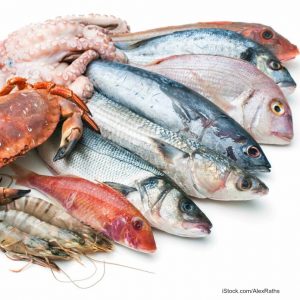Oceana, the largest international advocacy group that works to protect the earth’s oceans, has released a report uncovering widespread seafood fraud across the United States. Last year that organization reported on seafood fraud in New York City.
 The organization collected more than 1,200 samples of seafood from 674 retail outlets in 21 states from 2010 to 2012. The samples were DNA tested to see if the fish and seafood in the packages matched what was claimed on the labels. They found that 33% of the samples were mislabeled according to FDA guidelines.
The organization collected more than 1,200 samples of seafood from 674 retail outlets in 21 states from 2010 to 2012. The samples were DNA tested to see if the fish and seafood in the packages matched what was claimed on the labels. They found that 33% of the samples were mislabeled according to FDA guidelines.
Fish sold as snapper and tuna was most often mislabeled. Eighty-seven percent of fish sold as “snapper” was mislabeled, while 57% of fish sold as “tuna” was mislabeled. Oceana says that “a comprehensive and transparent traceability system – one that tracks fish from boat to plate – must be established at the national level. At the same time, increased inspection and testing of our seafood, specifically for mislabeling, and stronger federal and state enforcement of existing laws combatting fraud are needed to reverse these disturbing trends.”
Oceana also found that 27 of the 46 fish types tested, or 59%, were mislabeled. Only seven of 120 red snapper samples were actually red snapper. Most of the tuna samples, 84%, were actually escolar, which is a fish species that can cause serious digestive problems for some people. And fish on the FDA’s “DO NOT EAT” list for high mercury content for people such as pregnant women and children were sold to those who had ordered safer fish. Tilefish, which can have a high mercury content, was sold as red snapper and halibut in New York City, and king mackerel was sold as grouper in South Florida.
More than 90% of the seafood consumed in the U.S. is imported, and less than 1% is inspected by government officials for fraud. You can sign a petition at the Oceana web site to tell your representative to fight seafood fraud by supporting seafood traceability.




